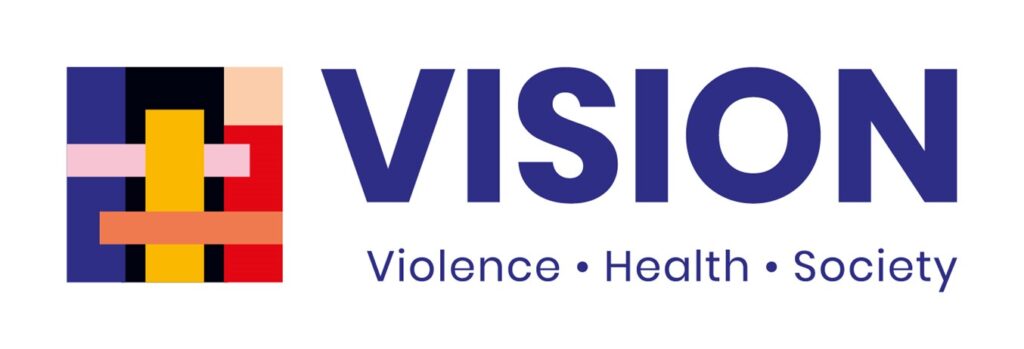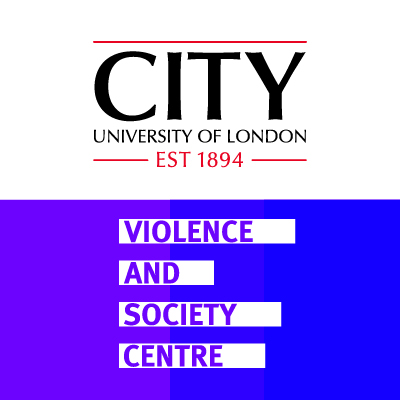Child maltreatment (CM) and parental domestic violence and abuse (pDVA) impose considerable lifelong adverse outcomes on those affected. Approximately 8.5 million adults in England and Wales are estimated to have been exposed to CM (physical, sexual or emotional abuse or emotional or physical neglect of a child by a parent or caregiver) before their 16th birthday. Despite sharing multiple family and environmental risk factors, the economic burden of child exposure where they co-occur has not previously been estimated in detail.
VISION researcher Professor Gene Feder estimated average lifetime societal costs resulting from CM or childhood exposure to pDVA, and incremental costs for scenarios where they co-occur with lead researcher Dr Kevin Gilbert at the University of Cambridge and others.
The findings showed that lifetime costs for childhood exposure to CM and/or pDVA, were £71,309 per child (non-fatal exposure), and £1,292,377 per CM fatality, with £27.8 billion projected costs (2013 UK birth cohort).
Total costs for exposure to pDVA alone was £1.0 billion (£16,639 per child exposed), rising to £2.0 billion (£71,037 per exposed child) for children reporting awareness of pDVA. Co-occurring CM and pDVA imposed greater costs than either alone, including costs from child perpetration of intimate partner violence.
As a result of the research the team concluded that CM and/or pDVA exposure incurs large personal and societal economic burdens. Costs from both pDVA exposure and intergenerational transmission of IPV perpetration highlight the importance for policies to address both CM and domestic violence and abuse in affected households.
Given the scale of burden accrued over the life course after CM and/or pDVA exposure, this model can provide a framework upon which policy makers can identify the best use of resources to maximise the societal benefits from the effective interventions needed to tackle a complex social issue.
To download the article: The economic burden of child maltreatment and co-occurring parental domestic violence and abuse in the UK
To cite: Herbert K, Feder G, Gilbert R, Powell C, Howarth E, Morris S. The economic burden of child maltreatment and co-occurring parental domestic violence and abuse in the UK. Child Abuse Negl. 2025 Mar 31;163:107435. doi: 10.1016/j.chiabu.2025.107435. Epub ahead of print. PMID: 40168916.
For further information, please contact Kevin at kch28@medschl.cam.ac.uk
Illustration from Adobe Photo Stock subscription

